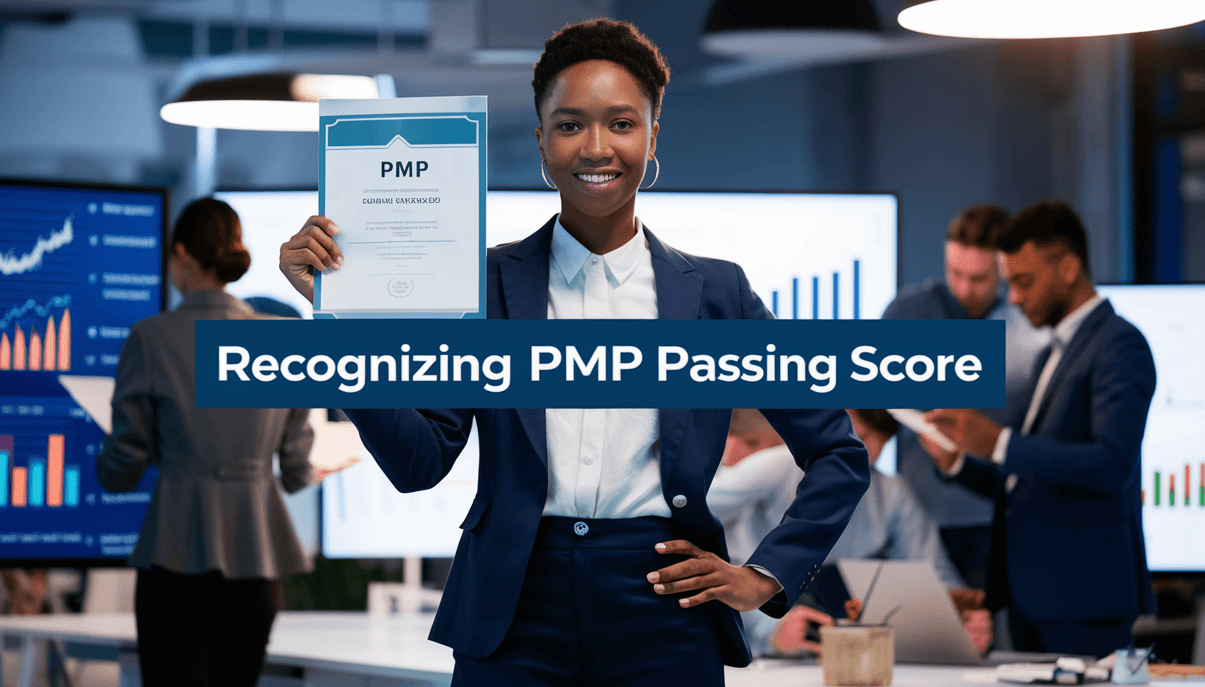Jump ahead to
All you need to know about Risk Management Best Practices
We all manage risks in our lives each day – each at work and in our personal lives. We tend to perpetually assess risks in our mind to work out what steps we must always want attempt to forestall these risks from negatively touching us. We tend to anticipate the chance of one thing happening to our vehicle, thus we tend to purchase insurance. We tend to anticipate the chance of a thief breaking into our house, thus we tend to install associate alarm and new locks. We tend to anticipate the chance of rain, thus we’ll carry on associate umbrella. Each business concern additionally has risks that are distinctive to their setting. Thus an elaborated Risk Management either in any Project or in any Work profile plays a vital role. Below are the methodologies which a Risk Management Professional should be aware of.
Stake Holder Involvement
In order to effectively manage risk, you must involve the stakeholders each step of the means, starting with the initial Risk Assessment. Stakeholders will embody folks like managers, clients, employees, shareholders, unions, etc. several of those people could also be key personnel and square measure key to your Risk Management processes. Every of those people represent completely different roles and responsibilities among your organization, therefore providing you with a holistic illustration of all of the aspects of your business and every risk that comes in conjunction with it. Encourage stakeholders to assist improve the continual risk method by obtaining them concerned in responsive the question.
Tip from the Top Management
An important step in any winning Risk Management program is making a powerful Risk Culture. Risk culture is outlined because the values, beliefs, and attitudes regarding risks by a standard cluster of individuals. It’s the responsibility of management and therefore the board of administrators to obviously communicate the company’s culture to demonstrate what’s ordinarily referred to as the “tip from the top”. Management buy-in is crucial to confirm that the importance of risk awareness is emanated throughout the whole organization. What’s your company’s risk culture?
Risk Communication
Communicating risks throughout your organization is another necessary facet of Risk Management. Key risks, or risks that may have a high structure impact, area unit known and monitored by all departments. Any new risks area unit known, assessed and slaked properly. You want to produce awareness of risks through communication to your entire organization.
Clear Risk Management Policies
Is your Risk Assessment policy clearly documented? Are the roles and responsibilities clearly defined? Are there clear policies and procedures shaping mitigation of any and every one known risks? Does one have a Business Continuity set up and an occurrence Response set up in situated that project however your organization can handle and overcome any unforeseen risks? Are these policies communicated effectively to any or all employees? Having these clear policies developed can assist you establish all potential risks that would have an effect on your business, the probability and impact of these risks, however you propose to mitigate and stop those risks, and the way you’ll monitor for and manage and new risks.
Continuous Monitoring
In order to manage your risks, you want to initial recognize what your risks area unit. Presumptuous you’ve already performed your initial risk assessment and
have placed the correct controls in place to mitigate and address these risks, consecutive crucial step is watching. Clear watching processes should be established to confirm that any and every one risk mitigation efforts area unit operating and area unit effective. This can be an important side of any Risk Management method.
Importance of Risk Management Best Practices
Risk management is a crucial activity since it equips an organization with the tools it needs to effectively identify and manage possible hazards. The following are some advantages of using risk management best practices.
Operational Effectiveness and Business Continuity
Operational risks may arise anytime and from sources organizations weren’t previously aware of. Operational risks include a cybersecurity attack, an equipment failure, or a supplier or service provider that is no longer able to support the business. However, having a risk management process and plan in place helps organizations to ensure internal controls to avoid fraud are in place or to deal with other forms of risk as they occur.
Financial benefits
A risk management strategy makes it easier to identify high-frequency incidents and reduce recurring losses. The likelihood of incidents will decrease, and when they do, they will have less of an impact, possibly saving the organization thousands of dollars.
Reduces unexpected events
All possible hazards are mapped out with the use of risk management strategies, which are then used to either best manage or avoid them. Organizations can also benefit from early risk identification by lowering the likelihood and severity of prospective project issues. There will be a plan of action in place if something goes wrong.
Achieving goals
Risk management identification, evaluation, and management procedures identify vulnerabilities more quickly and enable the business to cut out projects and activities that are just not profitable. This raises the likelihood that the project portfolio and overall business performance will meet their expectations and produce the desired results.
Conclusion
Risk Management, the method of determining what the risks area unit to your organization and taking steps to mitigate those risks, is vital to your organization. It’s a continual and perpetually evolving method. Professionals who are interested in learning about risk management can opt for Risk Management Professional Certification Preparation Training (PMI-RMP) . Professionals may grasp the principles of developing risk strategies, recognizing and assessing risks, and establishing up a reliable assessment system to monitor and control project risks with the help of training.



